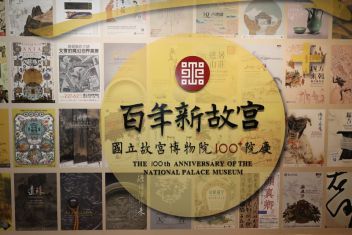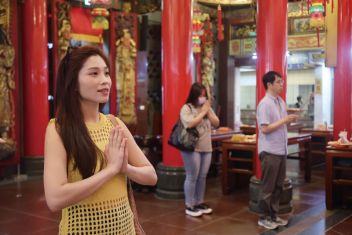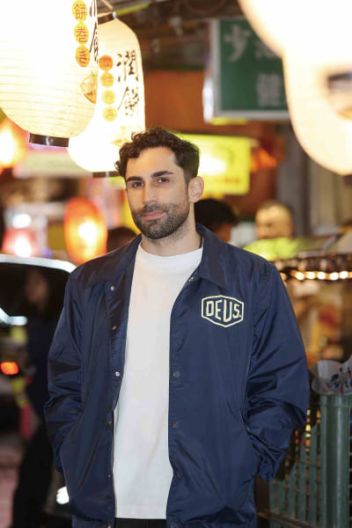Bamboo has been rooted in the hearts and souls of East Asian literati since ancient times. In the Tang Dynasty, Liu Yanfu compared the physical traits of this evergreen perennial plant to gentlemanly virtues in “On Planting Bamboo.” The Song-Dynasty writer Su Shi commented that “the absence of bamboo breeds vulgarity,” and that “one’s residence must be graced with bamboo.” Bamboo has come to symbolize high-mindedness and moral integrity.





















